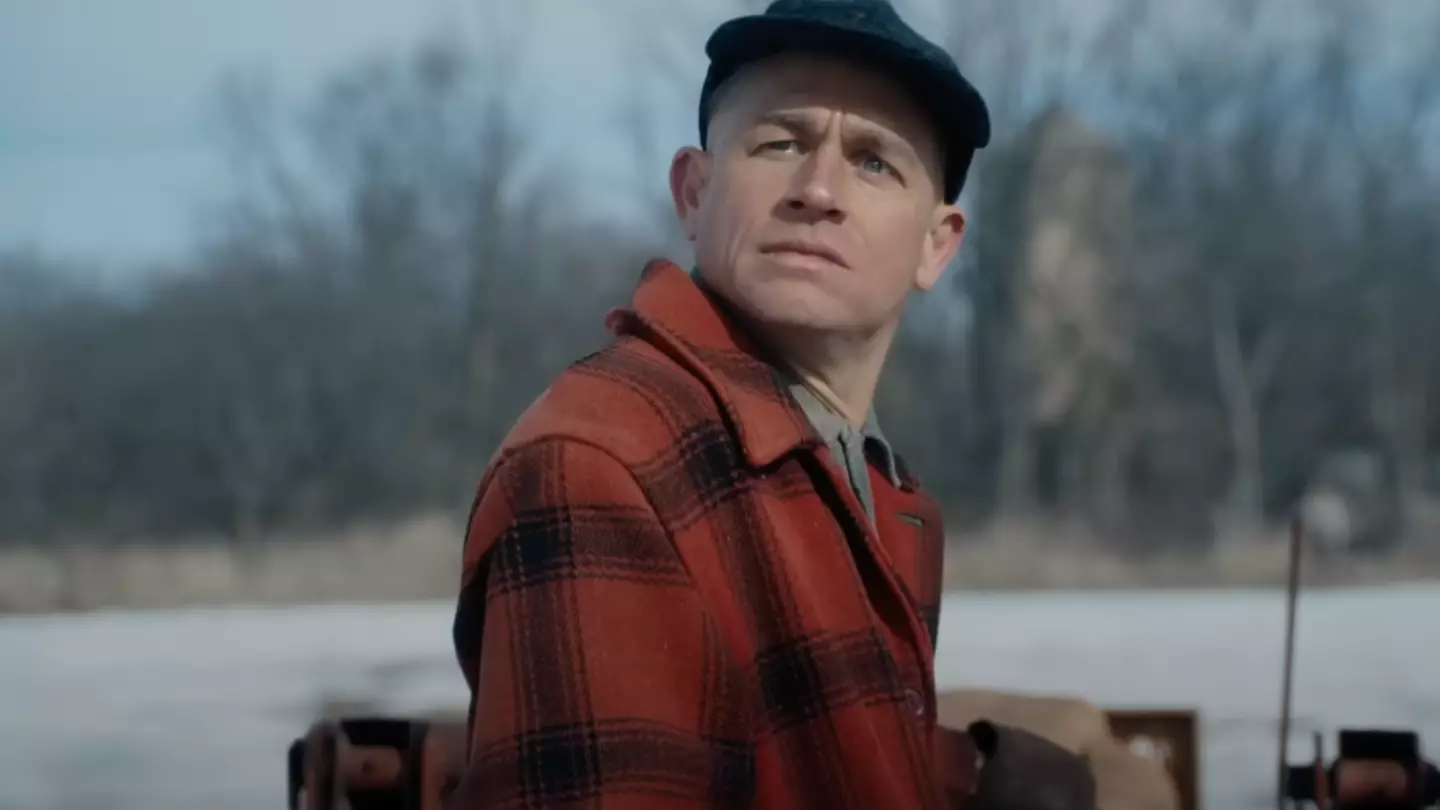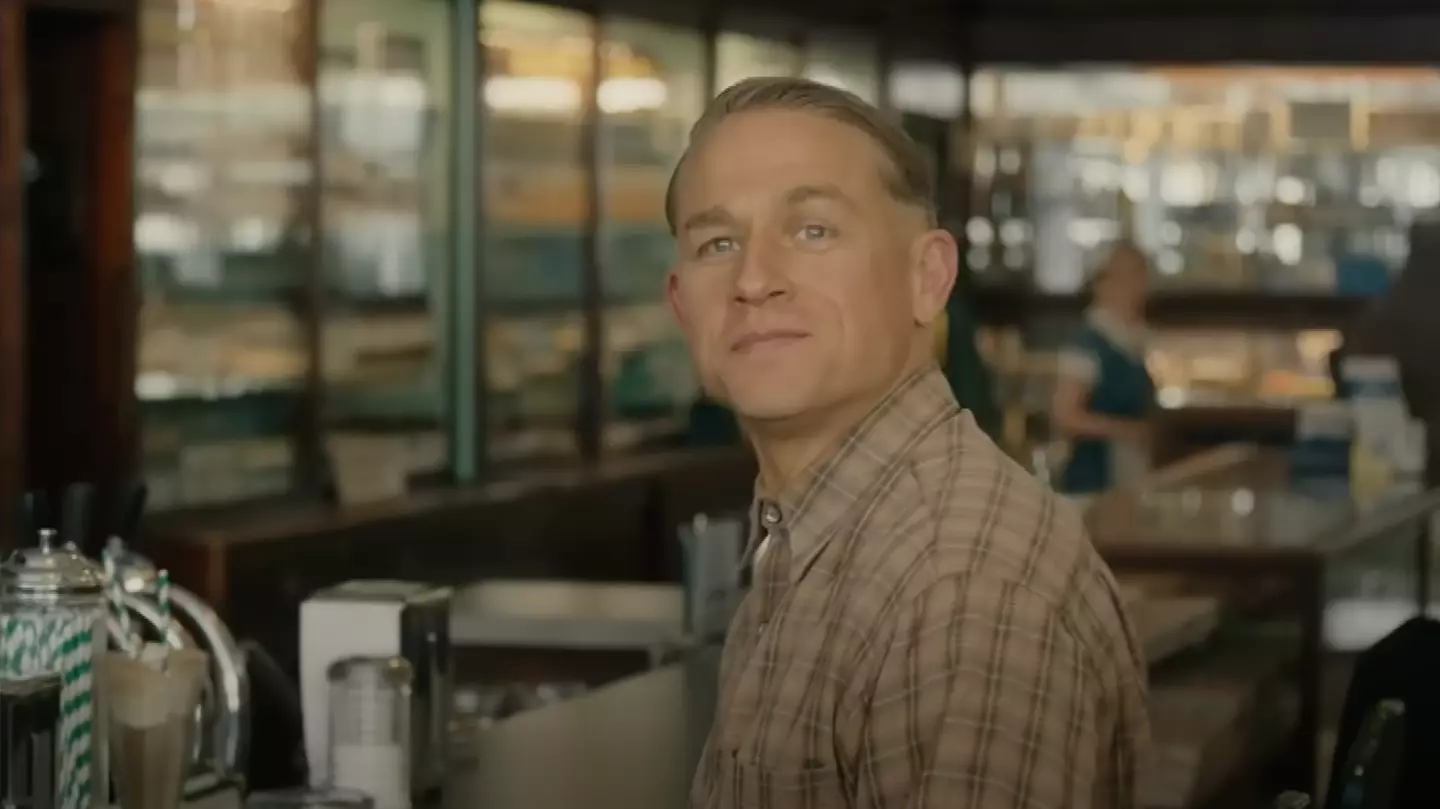Ryan Murphy and Ian Brennan’s newest addition to the Monster series on Netflix centers around the chilling crimes of Ed Gein. Although much of the gruesome narrative is based on fact, certain aspects of the storyline were embellished for dramatic effect.
Charlie Hunnam portrays Ed Gein in this eight-part series that premiered on Netflix on October 3. The series explores the life of the man Netflix’s Tudum has dubbed the ‘godfather of all serial killers’.
Gein’s horrifying acts have inspired classic horror films such as The Silence of the Lambs and Psycho. He was known for murdering at least two women and using body parts to craft furniture and accessories.
While it’s true that Gein fashioned ‘clothes’ from his victims and created a mask from a woman’s face, several parts of Monster veer from actual events.
In the series, fans will recall the character Adeline, portrayed by Suzanna Son, who is shown as Gein’s partner in crime and longtime girlfriend. In reality, Watkins had initially claimed she was involved with Gein but later retracted her statement, describing him as merely a ‘quiet and polite’ acquaintance.
“There was no 20-year romance,” Watkins clarified.
After tavern worker Mary Hogan was murdered in December 1964, Gein was linked to the disappearance of Bernice Worden, who vanished from her hardware store in Plainfield three years later.
The portrayal of Worden’s murder in Monster as a crime of passion is not supported by any evidence of a personal relationship between Gein and Worden.
Monster also dramatizes the death of Gein’s older brother, Henry, suggesting foul play, but these details were fabricated for the series. In reality, according to Harold Schechter’s 2005 book, Deviant: The Shocking True Story of the Original ‘Psycho’, authorities stated Henry died from asphyxiation during a bush fire, leading to heart failure.
Additionally, Gein was not proven to be connected to the case of Evelyn Hartley, a girl whose disappearance is attributed to Gein in the series.
Although Hartley did disappear in real life, there was never any solid link to Gein.

The series portrays Gein as engaging in necrophilia. However, while he did keep body parts in his possession, he denied any necrophilic activities.
While Gein has been a cinematic muse, the series suggests he also inspired other notorious criminals such as mass murderer Richard Speck. Speck is depicted writing to Gein and idolizing him, yet there’s no factual basis for this correspondence.

Gein is not shown to have aided law enforcement in capturing other infamous murderers, contrary to his depiction in the series. The final episode shows detectives interviewing Gein in prison to solve a string of murders from the late 1970s. However, in reality, Gein provided no useful information.
In the series, he is portrayed as offering insights that lead to the arrest of Ted Bundy.
The concept of gynephilia, an attraction to women or femininity, is mentioned in a fictional conversation between Gein and Christine Jorgensen, a 1950s transgender activist. In Monster, Hunnam’s Gein questions if he might be ‘transsexual’, with Jorgensen stating he is actually gynephilic.
Though Gein never identified as gynephilic publicly, Brennan, co-creator of the series, explained that they included this element to separate Gein’s crimes from transgender identity.
Brennan told Tudum: “It was really important for us to make that distinction, to say, ‘Look, these are two very different things’.”
Monster: The Ed Gein Story is currently available for streaming on Netflix.

